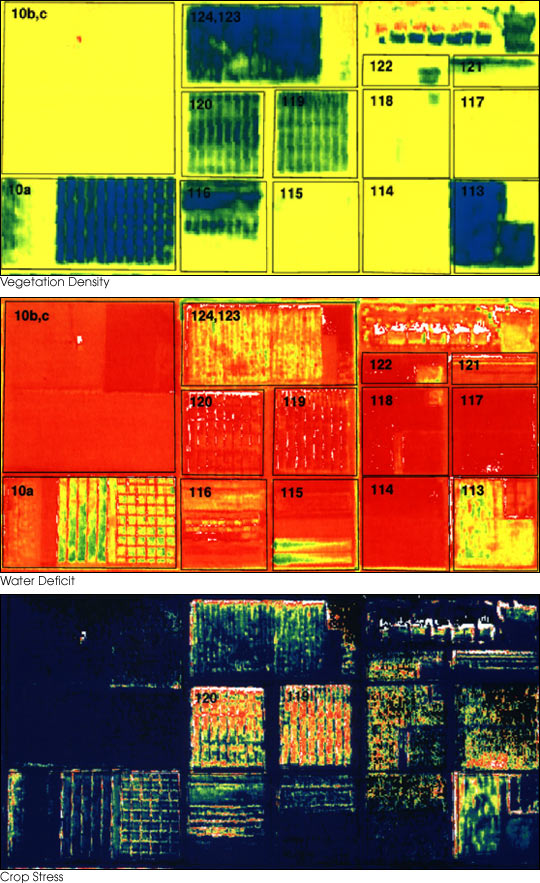 -Image Processing for better Yield-Awareness-
-Image Processing for better Yield-Awareness-
Laketec Remote Sensing Image Processing for Precision Agriculture provides informations about crops and vegetation status to give you better yield estimations and to get a faster return on investment.
-How it works-
Precision agriculture is now changing the way farmers and businesses view the land from which they reap their profits.
GPS technology and huge kinds of sources derived from various satellite mission and innovative APR imagery provides accuracies in inches or less. Image processing Normalized Difference Vegetation Index (NDVI), as an effective crop monitoring tool, is extensively used in crop yield estimation and water deficit.
-Benefits-
Calculate the amount of fertilizer for any field, detect crop infestation, as well as apply spring fertilizers and pesticides. Your farm equipment for planting, harvesting, spraying pesticides and herbicides, or applying fertilizers accurately, yield can be improved significantly.
“we’ve got sensors on the combine, GPS data from satellites, smartphone on self-driving tractors, apps for irrigation on iPhones"
| SITE SPECIFIC MANAGEMENT |
|---|
| NUTRIENT |
| FERTILIZER |
| IRRIGATION |
| YIELD PREPARATION |

